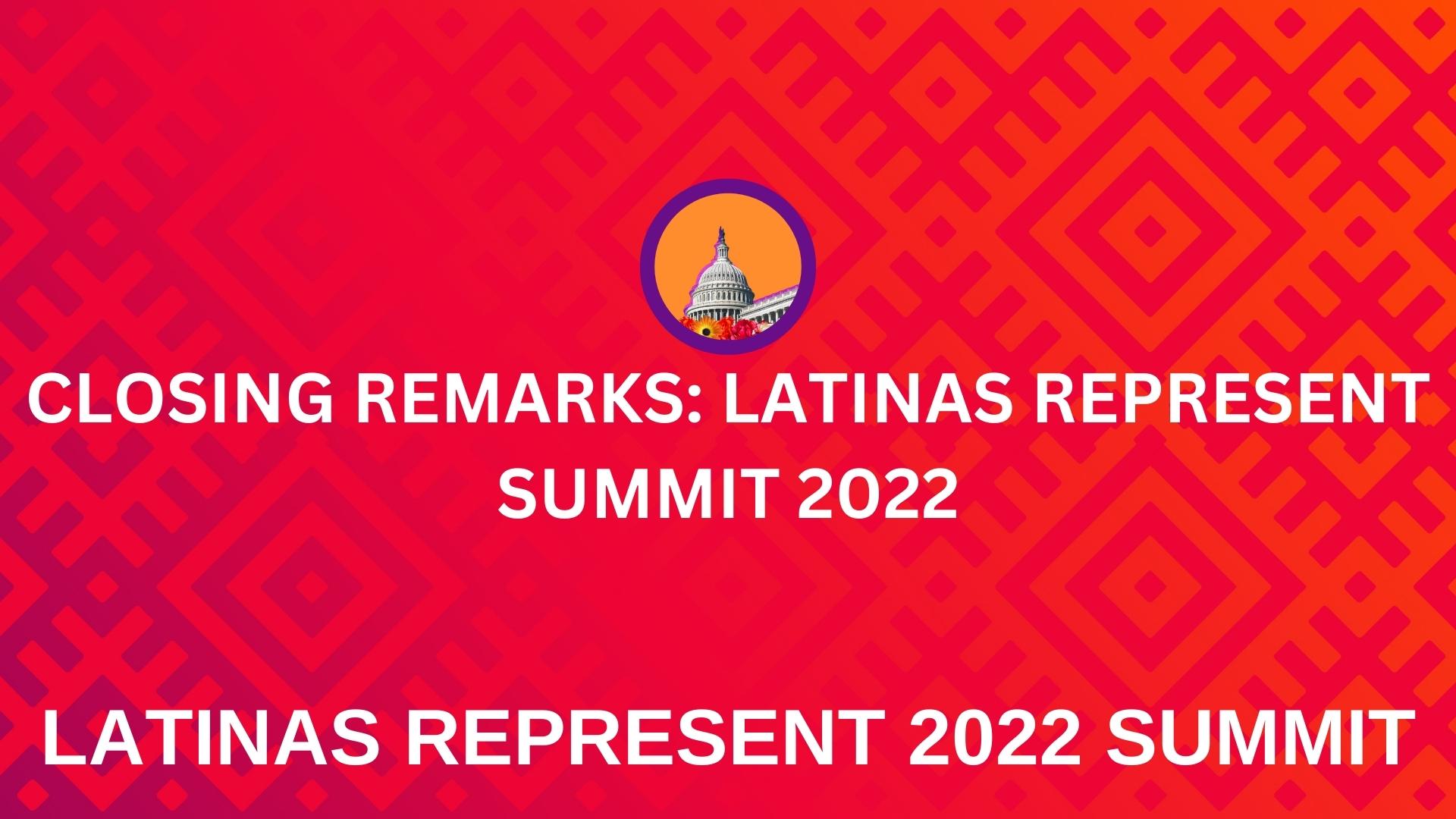In honor of Domestic Violence Awareness and Prevention Month, Latinas Represent partnered with Esperanza United and MANA: A National Latina Organization to host “Latina Voices
Read moreEvent Library
Event Library
Mental Health Awareness Month Event with Dr. Yanira Hernandez
In the month of May, during Mental Health Awareness Month, Dr. Yanira Hernandez joined us to talk about how transforming our communities begins with honoring ourselves. Dr.
Read moreLatinas Represent Summit 2022: Closing Remarks
Listen in to our top-level findings from the Latinas Represent Summit 2022 as we celebrate our communities. SPEAKERS: Stephanie Lopez and Julia Mejia
Read more

